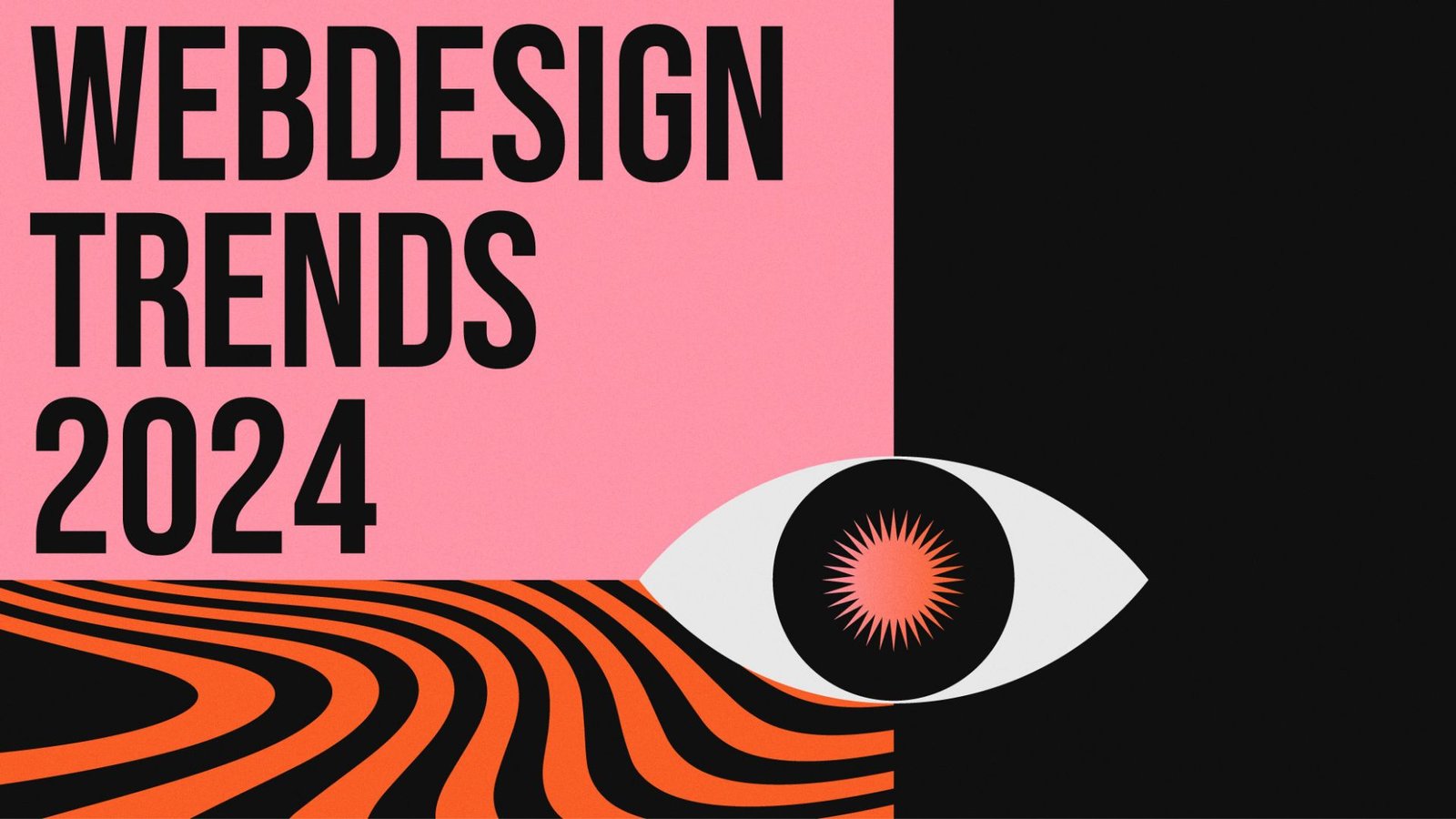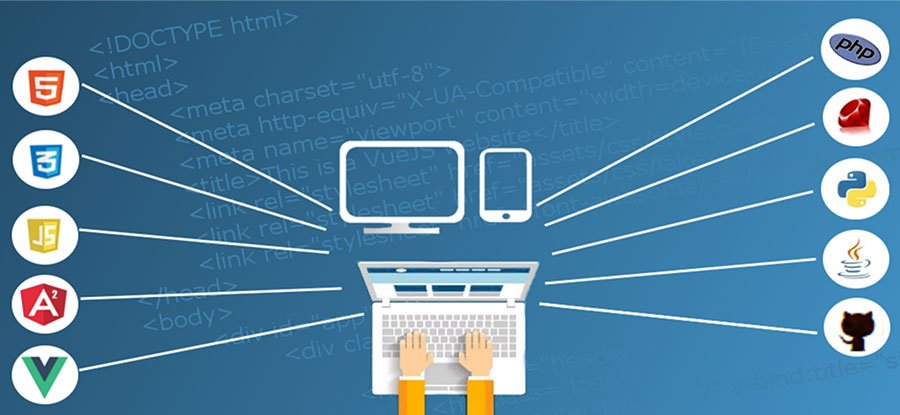As we move into 2024, Jewish web design is evolving to reflect contemporary aesthetics, enhance user experience, and meet the diverse needs of the community. From integrating modern design principles to leveraging new technologies, Jewish websites are becoming more dynamic and engaging. In this blog post, we’ll explore the top trends in Jewish web design for 2024, highlighting the innovations that are shaping the digital landscape for Jewish organizations and communities.

Modern Aesthetics
Minimalist Design
Minimalist design continues to dominate in 2024, focusing on clean lines, ample white space, and a streamlined user experience. For Jewish websites, this trend translates into simplified navigation, uncluttered layouts, and a focus on essential content. Minimalist design enhances readability and ensures that users can easily find the information they need without distraction.
Bold Typography
Bold typography is making a strong statement in Jewish web design. Large, eye-catching fonts are being used to highlight key messages, headings, and calls to action. This trend not only improves visual impact but also enhances readability and guides users’ attention to important content. Incorporating Hebrew and other scripts in creative ways adds a unique cultural touch.
Vibrant Color Palettes
While minimalist design often emphasizes neutral tones, vibrant color palettes are emerging as a key trend in Jewish web design. Rich, bold colors are being used to create engaging visual experiences and reflect cultural significance. Colors like deep blues, vibrant greens, and warm golds are frequently chosen to evoke a sense of tradition and heritage.
Interactive Features
Dynamic Content
Interactive content is becoming a staple of Jewish web design, providing users with engaging and immersive experiences. Features such as interactive calendars, virtual tours of synagogues, and clickable maps enhance user interaction and make the website more engaging. These dynamic elements help users connect more deeply with the content and foster a sense of community.
Gamification
Gamification is an emerging trend in Jewish web design, incorporating game-like elements to make interactions more enjoyable and rewarding. Quizzes, challenges, and interactive learning modules related to Jewish history, traditions, and holidays can make the user experience more engaging and educational. This trend leverages the fun aspect of games to enhance learning and participation.
Personalized User Experiences
Personalization is key in modern web design, and Jewish websites are embracing this trend by offering customized experiences based on user preferences. Features like personalized content recommendations, user profiles, and tailored event suggestions help create a more relevant and engaging experience for visitors. By understanding and responding to user needs, websites can build stronger connections with their audience.
Enhanced User Experience
Mobile-First Design
With the increasing use of mobile devices, mobile-first design is a crucial trend for 2024. Jewish websites are prioritizing mobile responsiveness to ensure that they provide a seamless experience across smartphones and tablets. This approach involves designing websites that are optimized for smaller screens, ensuring fast load times, and maintaining usability on touch devices.
Accessibility Improvements
Accessibility is a growing focus in web design, and Jewish websites are making significant strides in this area. Enhancements include implementing features such as keyboard navigation, screen reader compatibility, and adjustable text sizes. These improvements ensure that websites are usable by individuals with various disabilities, making digital content more inclusive for everyone.
Fast Load Times
Fast load times are essential for a positive user experience. Jewish web design trends for 2024 emphasize optimizing website performance to reduce loading times and improve overall usability. Techniques such as image compression, lazy loading, and efficient coding practices contribute to faster, smoother experiences for users.
Integration of New Technologies
AI and Chatbots
Artificial Intelligence (AI) and chatbots are increasingly being integrated into Jewish websites to enhance user interactions. AI-driven chatbots can provide instant assistance, answer frequently asked questions, and guide users through various processes. This technology improves customer service and offers a more interactive and responsive experience.
Virtual and Augmented Reality
Virtual and augmented reality (VR and AR) are emerging trends in web design that offer immersive experiences. For Jewish websites, VR and AR can be used to create virtual tours of historical sites, interactive displays of artifacts, or augmented reality experiences related to Jewish holidays and traditions. These technologies provide engaging and innovative ways to connect with users.
Integration with Social Media
Social media integration remains a key trend, allowing Jewish websites to seamlessly connect with various social platforms. Embedding social media feeds, sharing options, and interactive content help bridge the gap between websites and social networks. This integration enhances user engagement and helps maintain a consistent online presence.
Conclusion
Jewish web design in 2024 is marked by a blend of modern aesthetics, interactive features, and enhanced user experiences. Trends such as minimalist design, bold typography, and vibrant color palettes are creating visually striking and culturally resonant websites. Interactive features, gamification, and personalization are making user interactions more engaging and relevant. With a focus on mobile-first design, accessibility improvements, and the integration of new technologies like AI and VR, Jewish websites are poised to offer dynamic and inclusive digital experiences. As these trends continue to evolve, they will shape the future of Jewish web design, providing innovative ways to connect with and serve the community.




